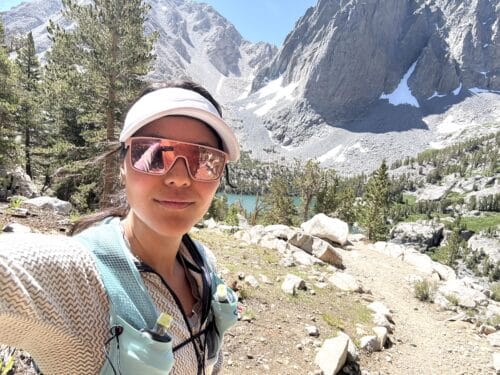Main Menu
Homepage / Ask the Trail Sisters / Ask TS: Should I quit or continue?
Ask TS: Should I quit or continue?

Ask the Trail Sisters Panel of Experts is made up of inspirational and knowledgeable women who share a love for trail running, hiking, and the outdoors. These women volunteer their time and expertise to help others enjoy a better experience on the trails.
Share This Article!
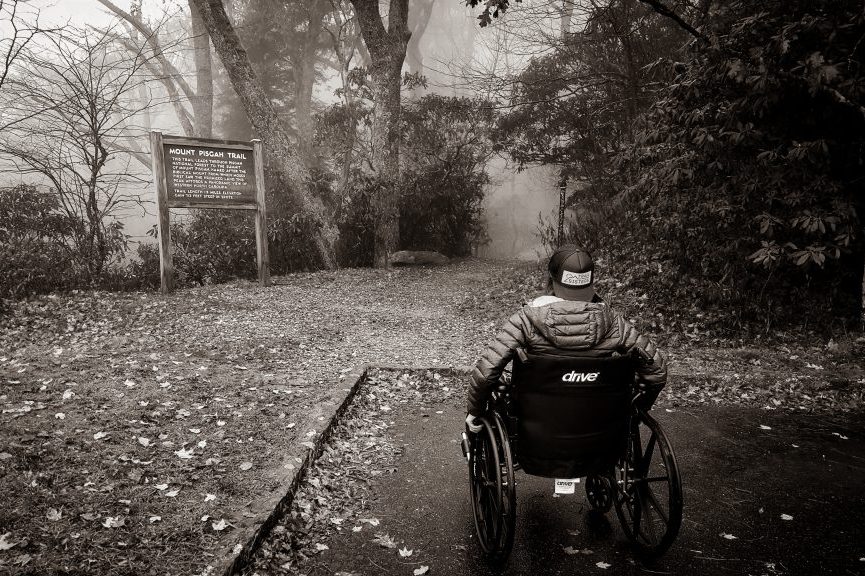

By: Trail Sisters
How do you know when you should legitimately call it quits from a hard fall/nagging injury vs. sucking it up and continuing the race?

Kristi Confortin: When it’s above a 4 out of 10 on a pain scale! If the hard fall/nagging injury is taking away from your form or performance, you should call it quits. Your well-being is more important than sucking it up and continuing the race. The race is always there but we only have one body!

Heather Anderson: Obvious things like something may be broken or torn are reasons to stop. Otherwise I usually continue on unless I think that doing so will cause additional damage. It also depends on what point during a race something happens. The closer to the end, the more likely I am to push through.
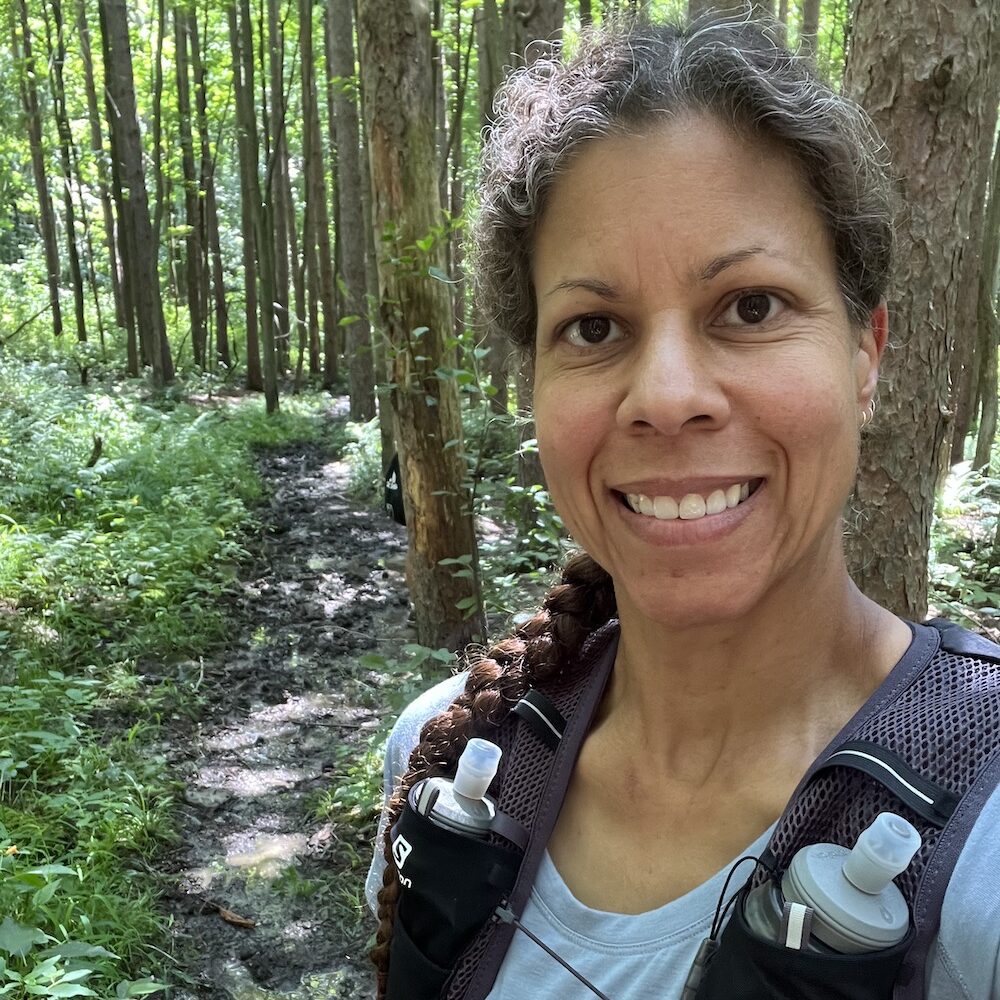
Kuwanna Dyer-Pietras: If it’s a hard fall and you feel alright continuing to run, with pain anywhere LESS than a 3/10 (according to my PT), then you should be fine to continue running, but do so with caution, listening carefully to your body initially to make sure all systems are go. If it’s a hard fall and you don’t feel alright, with pain anywhere GREATER than a 3/10, you may need to have an honest conversation with yourself about your expectations for the day and the benefit of dropping out, if you believe it will prevent you from injuring yourself further. As the adage goes, you “live to run another day” (even though it’s a hard call to make). I also like to remind myself that by stopping under those circumstances, I have everything to gain and nothing to lose.
I had to make this call last October at Canal Corridor 100. After a day of PRs, I was reduced to a walk by the 100K mark because my hip flexor was seizing, leaving me unable to run. By 70 miles I was barely able to lift my leg, and would have to drag it going up small hills. By the aid station around 80 miles, where my pacer and I were set to part ways, I made the decision to call it. But I would continue to question my decision (even though I knew it was the right one) for the next month…about the time it took for the pain to finally go away completely. Clearly, it was the right call to make. I hate to think about what I might have done to that hip flexor, had I forced myself to continue for the next 20 miles.
If you hit your head when you fall, you want to make sure you’re alright and haven’t suffered a concussion. Head injuries can be a bit tricky and it’s best to err on the side of caution. You could continue but might want to check in with a race medic first.
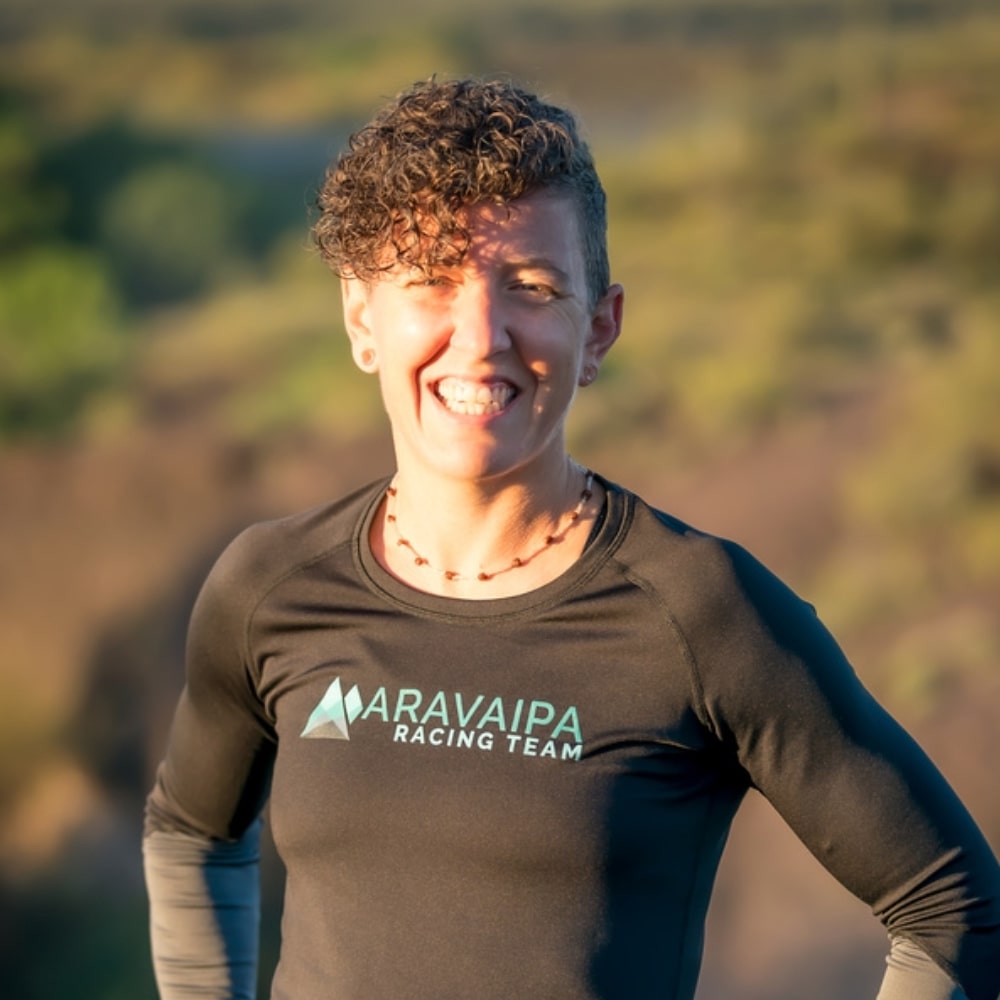
Des Clarke: There’s a few factors I would consider when deciding whether to tough things out in a race. First, where are you at in the race? Toughing it out for a few miles is a lot different than toughing it out for most of the race. Second, has it changed your gait or does it feel like you’re doing damage? If either of these is true I’d be more likely to stop. Third, do you have access to someone who can help you assess? Maybe that’s a more experience runner, or a physical therapist (cause hey, they’re runners too) who can give you advice on whether to stop or keep going. Finally, where does this race fit in your goals? Is this your A race that you’ve focused your training on? Is it a race that you’ve waited for years to try to get into? Is trying to finish this race going to interfere with your actual A race? If it’s really important for you to finish this particular race then it might be ok to push through a little more than you would for a race that’s not as important. A side note, as a coach these are things that I have my clients think through before races so that they have a “DNF list” ready before the race of reason they would stop. That way if something happens you’ve already thought through your decision when you’re not tired and overwhelmed.
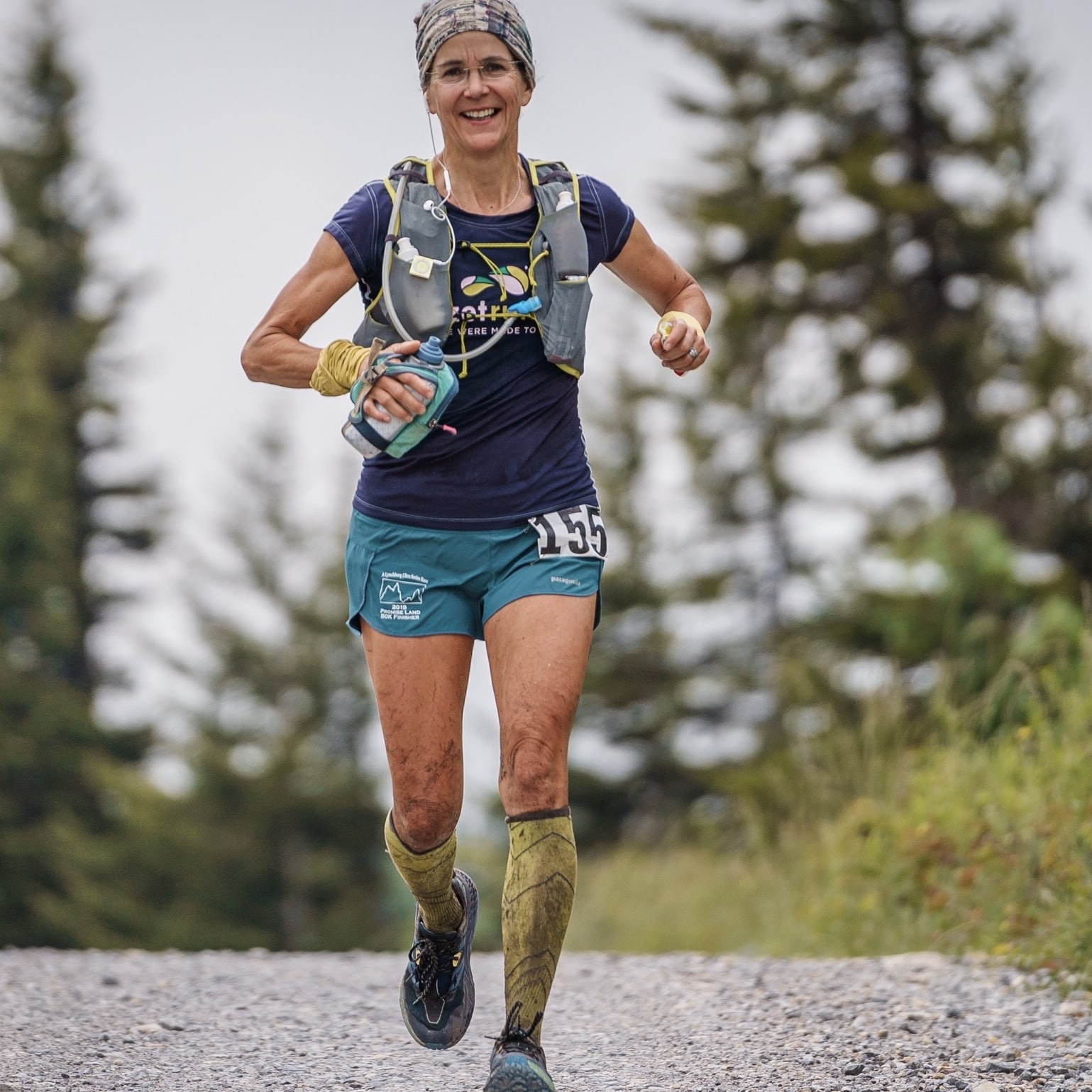
Sophie Speidel: After 20+ years of training and racing for ultras, I’ve learned that for me, it’s not a good idea to start a race if I have any kind of nagging injury. If something happens in the race after a fall or a tweak, I will bail if my form becomes compromised and I start to overcompensate. As hard as it might be to pull the plug, it’s almost always the best decision in the long run — and that’s the big goal, to be able to run for many years! Of course, there may be other reasons to quit (stomach, bonking, cramping) but typically those are just part of the deal with ultras, and nothing that a little problem-solving during the race can’t fix.

Krissy Moehl: A sure tell sign is if your running gait becomes compromised. If you are favoring because of pain, chances are high you will cause overuse to another body part and may worsen the severity of the initial injury. This causes more time healing an injury and less time in the coming days of getting to do what you love.
I would also check in with the priority of the race goal and what your intention was to be out there. The mental game is just as big of a factor and if there is any question of whether you could have (not should have) sucked it up and finished, the mental recovery could be tough. Call it quits with confidence of making the right call for your body.
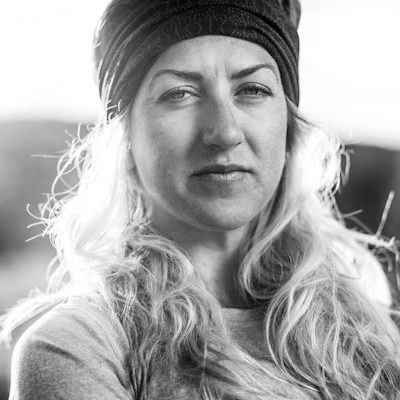
Katie Grossman: This is always a tough call, and in my experience, you just want so badly for someone else to make the call for you. In the face of injury, I try to constantly assess 2 things: am I risking long-term injury?; and am I causing additional possible long-term problems from compensating? I don’t always make the right choice, but I can say this – any of the times I have stopped haven’t caused future problems (a win!), but I can name at least two where I should have that still give me issues. After decades of running, I am much more conservative now, as my ultimate goal is decades more.
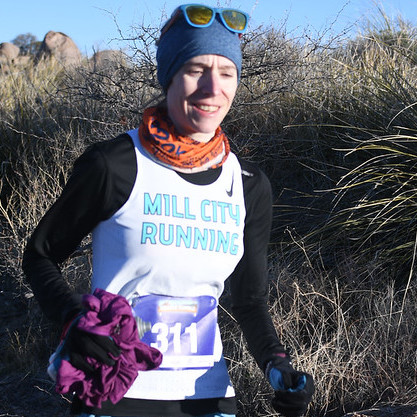
Madeline Harms: Obviously if you have any bones sticking out or joints bending the wrong way, please stop and call for help. If you experience a bad fall, and can still move forward, try to get to the next aid station and hopefully get a medical evaluation there. A general rule of thumb is if you can run without limping, it’s probably ok to keep going, while monitoring how the injury is feeling. If the pain is so bad you are limping, it’s best to get a medical evaluation if possible. If there’s nothing that can be done to allow you to run without limping, it’s usually best to stop unless you are extremely close to the finish. Limping for many miles can lead to other injuries developing. Finally, be kind to yourself with whatever decision you make. I once pushed through an injury that I shouldn’t have to finish an ultra because I didn’t have all the information I needed at the time. But there’s no point in blaming yourself, know that you did your best with the information you had.

Amanda Roe: I fall a lot so falling wouldn’t stop me. I have come into an aid station with a gaping wound that would later need glue and sutures. I keep saline and bandages in my vest for this very reason. If I can clean it up and cover it well, I’ll just keep going, especially if it’s stopped bleeding. Musculoskeletal injuries are a bit different. If there’s a “pop” or swelling, I’d stop.
You know your body the best. I had to unexpectedly call it quits at a race a few years ago when something just felt “off”. My heart rate was way too high, and I could feel it. No matter how much I slowed down, and even stopped, my heart rate would not come down. I was healthy, had never had any issues, but I was all of a sudden experiencing irritability in my heart muscle. The sweepers at that race were so kind and wanted to help me keep going, but I knew something was different, and I’m glad I DNF’d.
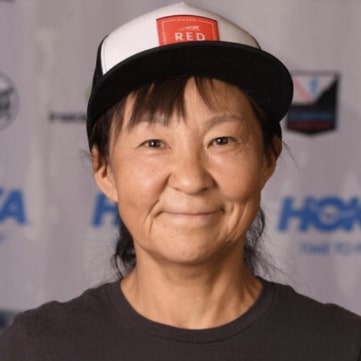
Junko Kazukawa: After a fall, first ensure that nothing is broken. If you are able to walk or run, it is safe to continue and finish your race. However, if you have bleeding cuts, it is important to treat the wounds before moving on. You should probably know whether you want to keep going or not, and follow your feeling.
About the Author

Ask the Trail Sisters Panel of Experts is made up of inspirational and knowledgeable women who share a love for trail running, hiking, and the outdoors. These women volunteer their time and expertise to help others enjoy a better experience on the trails.
Share This Article!


